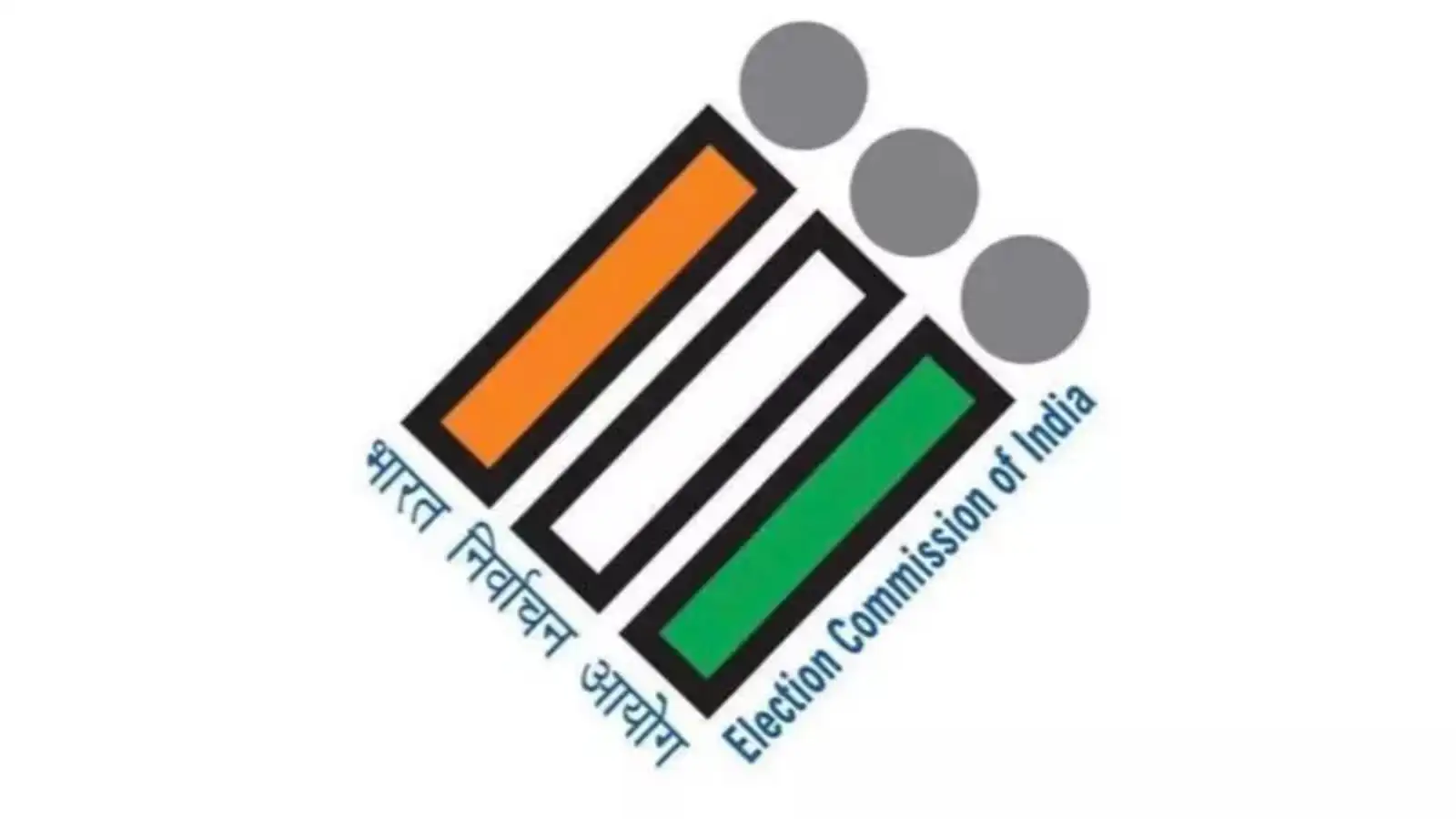Election Commission Streamlining Index Card and Statistical Reports

The Election Commission of India has introduced a cutting-edge, technology-driven system to enhance the efficiency of post-election reporting. Under the leadership of Chief Election Commissioner Gyanesh Kumar, along with Election Commissioners Dr. Sukhbir Singh Sandhu and Dr. Vivek Joshi, this initiative aims to replace outdated manual processes with automated solutions. The new system will facilitate the generation of Index Cards and various statistical reports, significantly speeding up the reporting process and improving data accessibility for stakeholders.
Streamlined Reporting Process
The Election Commission’s new system focuses on automation and data integration, which marks a significant shift from traditional manual methods. Previously, election-related data was collected and reported using physical Index Cards filled out at the constituency level. This labor-intensive process often resulted in delays and inefficiencies in data dissemination. The upgraded mechanism is designed to ensure that information is reported more quickly and accurately, allowing for timely access to crucial electoral data.
By leveraging technology, the Election Commission aims to enhance the overall electoral process. The new system not only improves the speed of reporting but also reduces the likelihood of errors that were common in manual data entry. This transition to a more streamlined approach is expected to benefit various stakeholders, including researchers, policymakers, and journalists, who rely on accurate and timely election data for their work.
Introduction of the Index Card
At the heart of this initiative is the Index Card, a non-statutory statistical reporting format developed by the Election Commission. This format serves as a vital resource for disseminating election-related data at the constituency level. The Index Card is designed to provide comprehensive information across multiple dimensions, including details about candidates, electors, votes polled, and party-wise vote shares. It also highlights gender-based voting patterns and regional variations, making it a valuable tool for understanding electoral dynamics.
The Index Card serves as the foundation for generating approximately 35 statistical reports for Lok Sabha elections and 14 for State Assembly elections. These reports encompass a wide range of variables, such as voter turnout, participation of women electors, and the performance of various political parties. While these statistical reports are intended for academic and research purposes, they are based on secondary data derived from the Index Cards. The primary and final data remains in the statutory forms maintained by the Returning Officers, ensuring the integrity of the electoral process.
Impact on Electoral Research
The introduction of the Index Card and the new reporting system is expected to significantly enhance the capacity for electoral research in India. By providing a wealth of data in a structured format, the Election Commission aims to foster a deeper understanding of electoral trends and patterns. This initiative will contribute to a more informed democratic discourse, allowing stakeholders to analyze and interpret electoral data more effectively.
The comprehensive nature of the statistical reports generated from the Index Cards will enable researchers and analysts to explore various aspects of the electoral process. This includes examining the performance of national and state parties, analyzing winning candidates, and understanding voter behavior. As a result, the new system not only streamlines the reporting process but also enriches the overall knowledge base surrounding elections in India.
Observer Voice is the one stop site for National, International news, Sports, Editor’s Choice, Art/culture contents, Quotes and much more. We also cover historical contents. Historical contents includes World History, Indian History, and what happened today. The website also covers Entertainment across the India and World.

